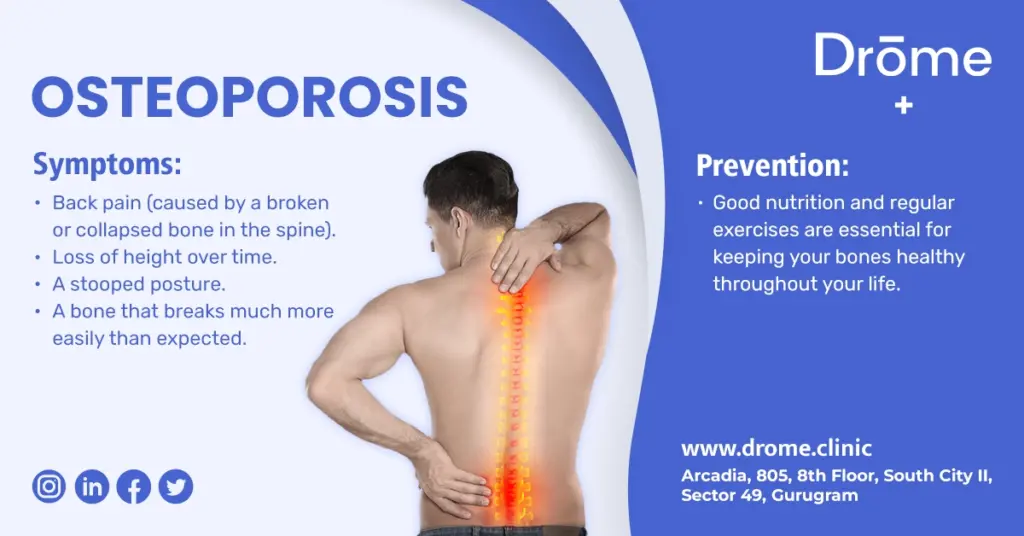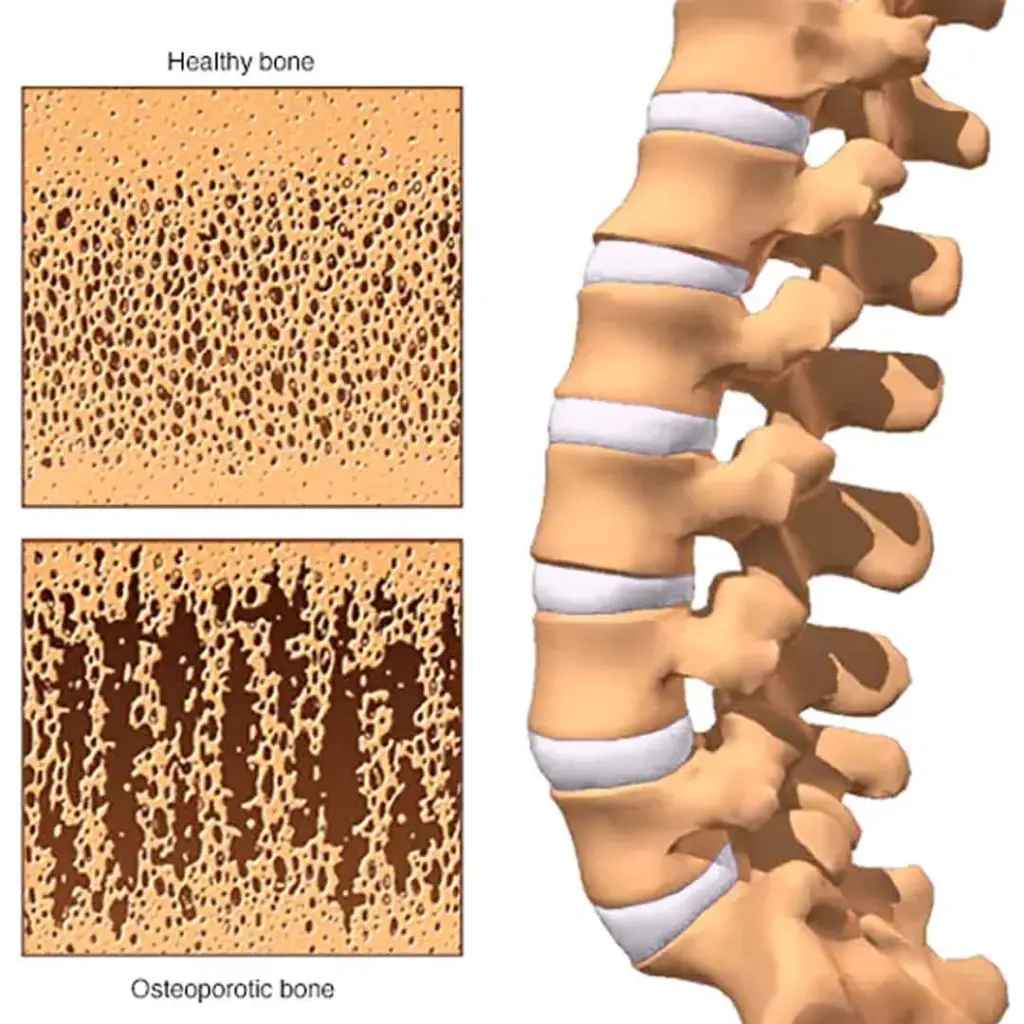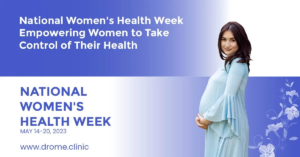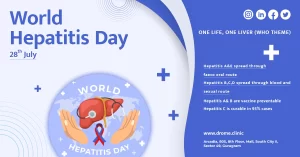Facing osteoporosis is a journey back to the basics of health, where nutrition, movement and care converge to rebuild our body's silent support system.
Introduction - Osteoporosis
In India, osteoporosis is often an overlooked health issue, especially among women and the elderly. This blog aims to shed light on osteoporosis – what it is, its types, symptoms and how it can be managed and prevented, helping you maintain better bone health.
What is Osteoporosis?
Symptoms
Osteoporosis does not directly cause symptoms.There might be a few changes in the body which can mean bones are losing strength or density. These warning signs of osteoporosis can include:
- Losing an inch or more of your height.
- Changes in your natural posture (stooping or bending forward more).
- Shortness of breath (if disks in your spine are compressed enough to reduce your lung capacity).
- Lower back pain (pain in your lumbar spine)
Risk Factors
Some risk factors for osteoporosis are out of your control, including:
- Sex: Women are much more likely to develop osteoporosis than men.
- The risk of osteoporosis increases with increasing age.
- White or Asian descent people are at greater risk of osteoporosis.
- Family history: People with history of osteoporosis in family are at greater risk.
- Body frame size: Men and women who have small body frames tend to have a higher risk .
Osteoporosis of Dietary factors
Osteoporosis is more likely to occur in people who have:
- Low calcium intake: Low calcium intake leads to diminished bone density, early bone loss and an increased risk of fractures.
- Eating disorders: Severely restricting food intake and being underweight weakens bone in both men and women.
- Gastrointestinal surgery: Surgery to reduce the size of the stomach or to remove part of the intestine limits the amount of surface area available to absorb nutrients, including calcium.
Hormone levels
Osteoporosis is more common in people who have too much or too little of certain hormones in their bodies. Examples include:
- Sex hormones: Lowered sex hormone levels tend to weaken bone. The fall in estrogen levels in women at menopause is one of the strongest risk factors for developing osteoporosis.
- Thyroid problems: Too much thyroid hormone can cause bone loss. This can occur if your thyroid is overactive or if you take too much thyroid hormone medicine to treat an underactive thyroid.
Medical problems
The risk of osteoporosis is higher in people who have certain medical problems, including:
- Celiac disease
- Inflammatory bowel disease
- Kidney or liver disease
- Multiple myeloma
- Rheumatoid arthritis
Lifestyle
Some bad habits can increase your risk of osteoporosis. Examples include:
- Sedentary lifestyle: People who spend a lot of time sitting have a higher risk of osteoporosis than do those who are more active
- Excessive alcohol consumption.
- Smoking
Diagnosis & Treatment:
Diagnosis:
- Bone Density Test: Also called as DEXA scan. It is an imaging test that measures the strength of your bones. It uses X-rays to measure how much calcium and other minerals are in your bones.
- Blood Tests: To rule out other conditions.
Treatment: The most important part of treating osteoporosis is preventing bone fractures.
- Exercise: Regular exercise can strengthen your bones (and all the tissue connected to them, like your muscles, tendons and ligaments).Weight-bearing exercises can be done to strengthen your muscles and train your balance.
Vitamin D:
Vitamin D improves the body’s ability to absorb calcium and improves bone health
Medications for osteoporosis:
Some of the most common medications used to treat osteoporosis include hormone therapies like replacement estrogen or testosterone and bisphosphonates.
Prevention
Diet and Exercise: A balanced diet rich in calcium and vitamin D, along with regular exercise, especially weight-bearing and muscle-strengthening exercises goes a long way in preventing osteoporosis
Lifestyle Choices: Avoiding smoking and limiting alcohol intake.
Conclusion
Awareness and proactive management are key in dealing with osteoporosis. With the right lifestyle choices, diet, and medical interventions, it’s possible to live a healthy life despite this condition.
FAQs on Osteoporosis
Yes, women, especially postmenopausal women, have a higher risk of developing osteoporosis due to the rapid decrease in estrogen levels after menopause, which can lead to bone loss.
While less common, young people can develop osteoporosis, especially if they have risk factors such as a family history, certain medical conditions, or use medications that affect bone density.
A bone density test (DEXA scan) is the standard diagnostic tool for osteoporosis.
Absolutely. A diet rich in calcium and vitamin D, along with regular weight-bearing exercises, can help strengthen bones and reduce the risk of osteoporosis.
Sourced from Mayo clinic and Cleveland clinic





